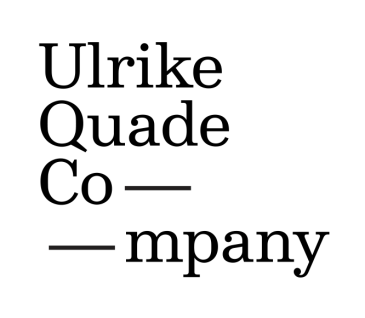 https://www.ulrikequade.nl/ulqua/wp-content/uploads/2024/09/AnoukvanKalmthout_PortretUlrike_1_Liggend_Lowres_thumb.jpg
1067
1300
Ulrike Quade Company
https://www.ulrikequade.nl/ulqua/wp-content/uploads/2023/01/logo_strepen_vierkant-365x318.png
Ulrike Quade Company2024-12-13 15:42:352024-12-20 14:32:03Interview with Ulrike Quade: on UNBORN’s unheard perspectives
https://www.ulrikequade.nl/ulqua/wp-content/uploads/2024/09/AnoukvanKalmthout_PortretUlrike_1_Liggend_Lowres_thumb.jpg
1067
1300
Ulrike Quade Company
https://www.ulrikequade.nl/ulqua/wp-content/uploads/2023/01/logo_strepen_vierkant-365x318.png
Ulrike Quade Company2024-12-13 15:42:352024-12-20 14:32:03Interview with Ulrike Quade: on UNBORN’s unheard perspectivesHuman-robot interaction: how does a robot speak?
The Ulrike Quade Company, a pioneer in interdisciplinary visual theater in Amsterdam for over twenty years, combines puppetry and technology on stage. Our mission is to blur the boundaries between technology, art and humanity. We do this by collaborating with professionals from the performing arts, creative industries and sciences.
In our Center Stage Robotics project, we explore how industrial robots can perform in a theatrical environment. From July 2023 to December 2024, we are diving into the world of industrial robots within theater and performance. Our sprints are essential here: intensive work sessions in which we explore specific topics and themes with a multidisciplinary team. These sessions deliver new insights, prototypes and concepts for future theater and museum projects.
Fourth sprint: how does a robot speak?
This sprint focused on the voice and sound of robots, following Bram Ellens’ ongoing project. This project, based on the book “The Robot of the Junk Market,” is being translated into a theater piece called “Recycled Robot” (Dragt 1967). The play requires robots to act as actors and communicate through speech, which presents technical and conceptual challenges. Bram worked with voice actor and sound designer Harmen, who participated in this sprint as a guest. Together they explored the meaning of voice and sound as a medium in the context of performing arts and other creative practices.
The significance of voice in theater
During the sprint, it became clear how important the voice is to the character of an entity in relation to the visual aspect, the surrounding space and other media. The quality and tone of voice play a crucial role in shaping a character and can alienate familiar characters, creating space for self-reflection and imagination in the audience. Bram and Harmen referred to the voices of R2-D2 from Star Wars and Wall-E as examples of well-known robot characters with distinctive voices and sounds. Changing their voices can both distort their character and develop new meanings and feelings.
In the process of translating the literary characters from The Robot of the Junk Market to the theater, the quality of voice was discussed as an integral part of character development. This affects the overall meaning the play can convey.
Film versus theater
The sprint also highlighted the differences between film and theater. While film uses pre-recorded voices and the work of sound designers in a studio, theater relies on the composition of the space and live performances. This raises artistic concerns, such as the choice between improvised or pre-recorded voices, the position of actors in space and the relationship between robotic sounds and their movements. Each choice affects the overall meaning of the project and cannot be separated from the subjective interpretations of the original book.
Voice and gender
An important theme was the role of voice in the expression of gender identity. The quality of voice can alter a character’s gender expression, offering opportunities for reflection on gender issues. The discussion highlighted the importance and sensitivity of voice in relation to gender and its socio-political resonance.
Conclusion
This sprint provided space for reflection on the meaning of voice in relation to robots as expressive entities in theater. Voice cannot be separated from the medium, such as film or the spatial composition of theater. In translating from one form to another, voice provides space for creative and critical engagement with characters, and plays a role in the larger narrative context.
The sprint highlighted various issues related to voice in artistic projects such as Ellens’, allowing broader questions about voice and sound in relation to medium, space and movement to be considered. The event highlighted the crucial role of voice in the artistic process of character development and its contribution to narrative and expressive possibilities in theater and other creative practices.





